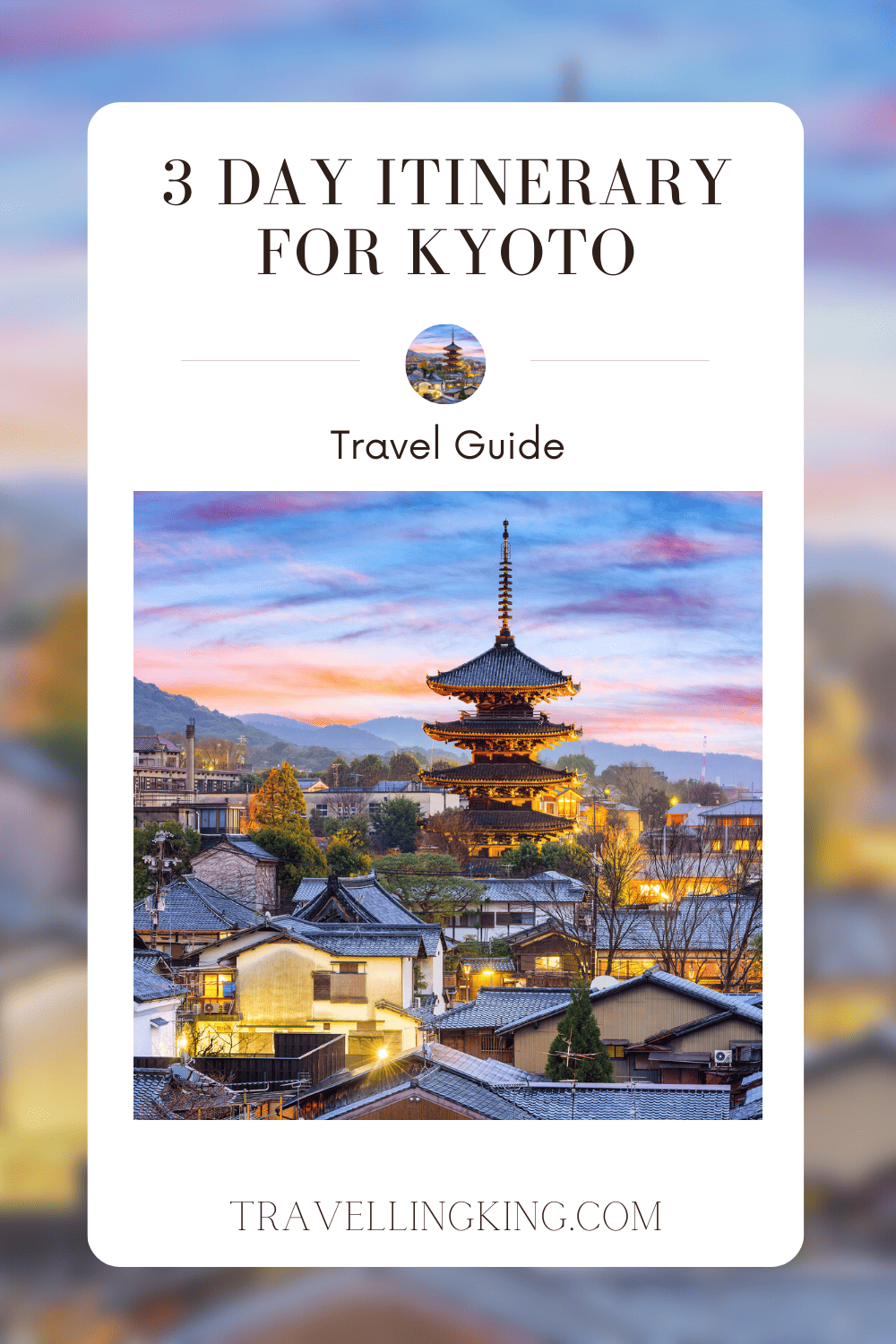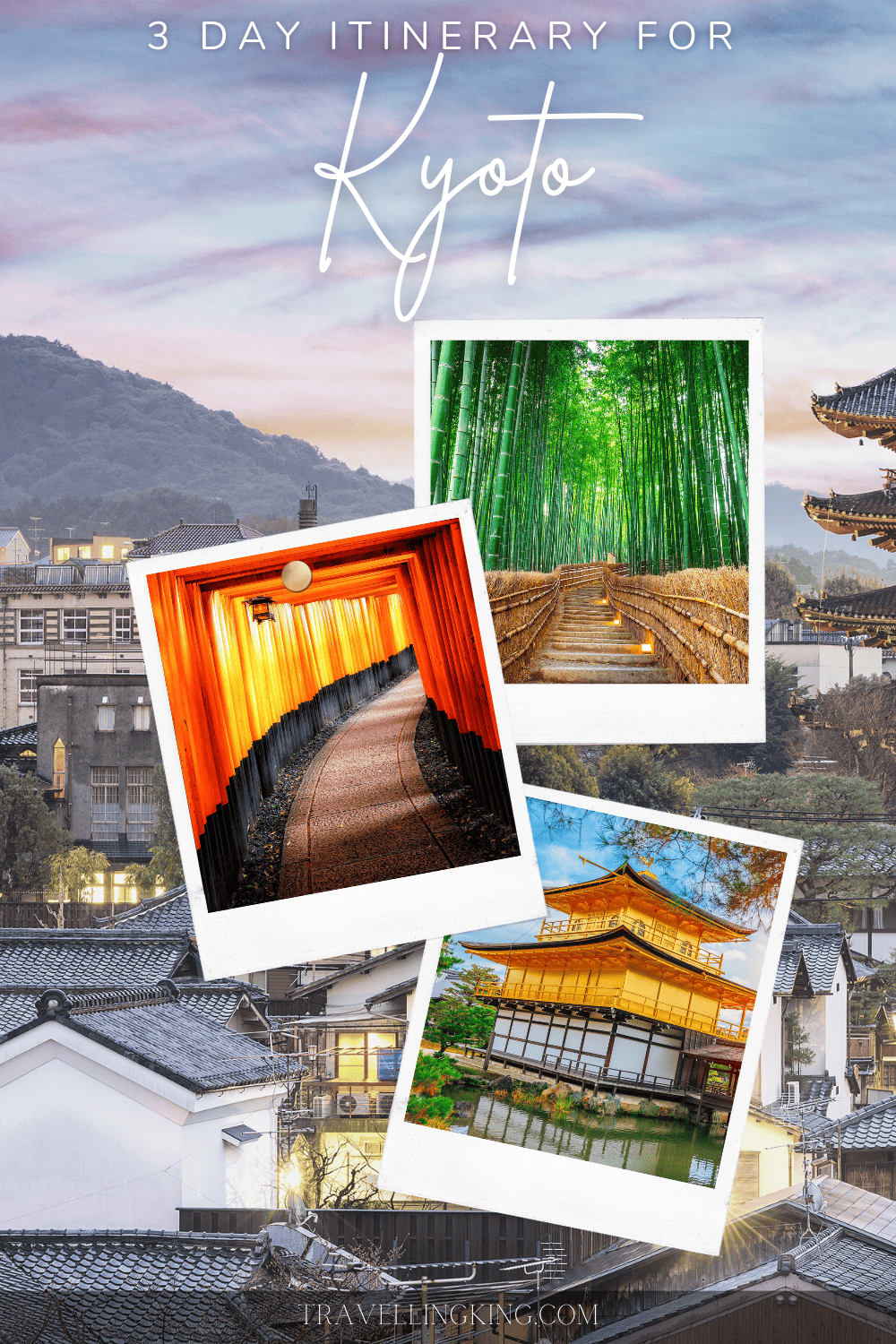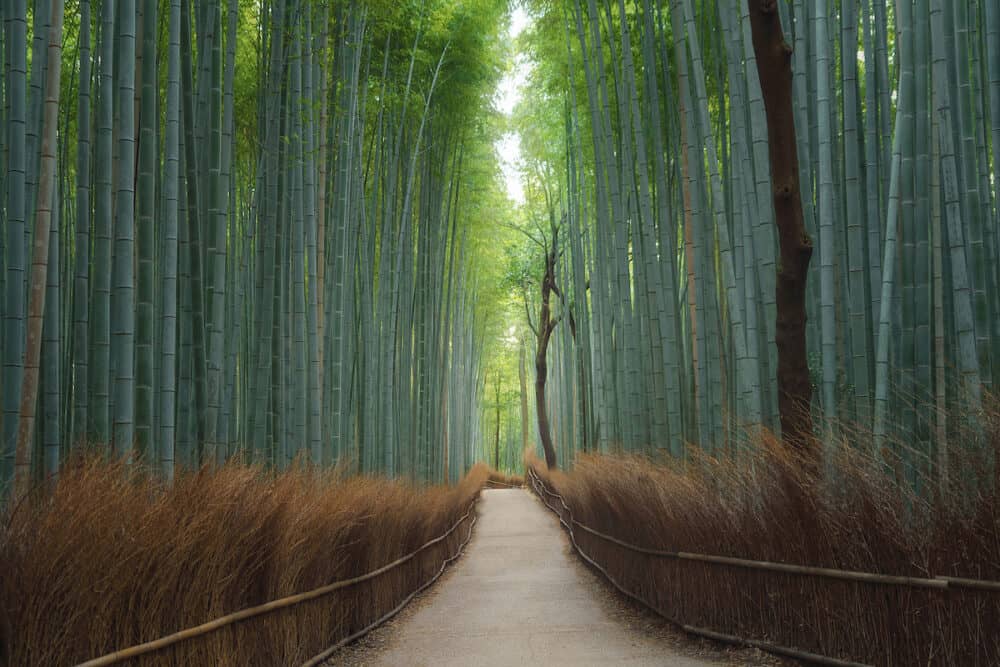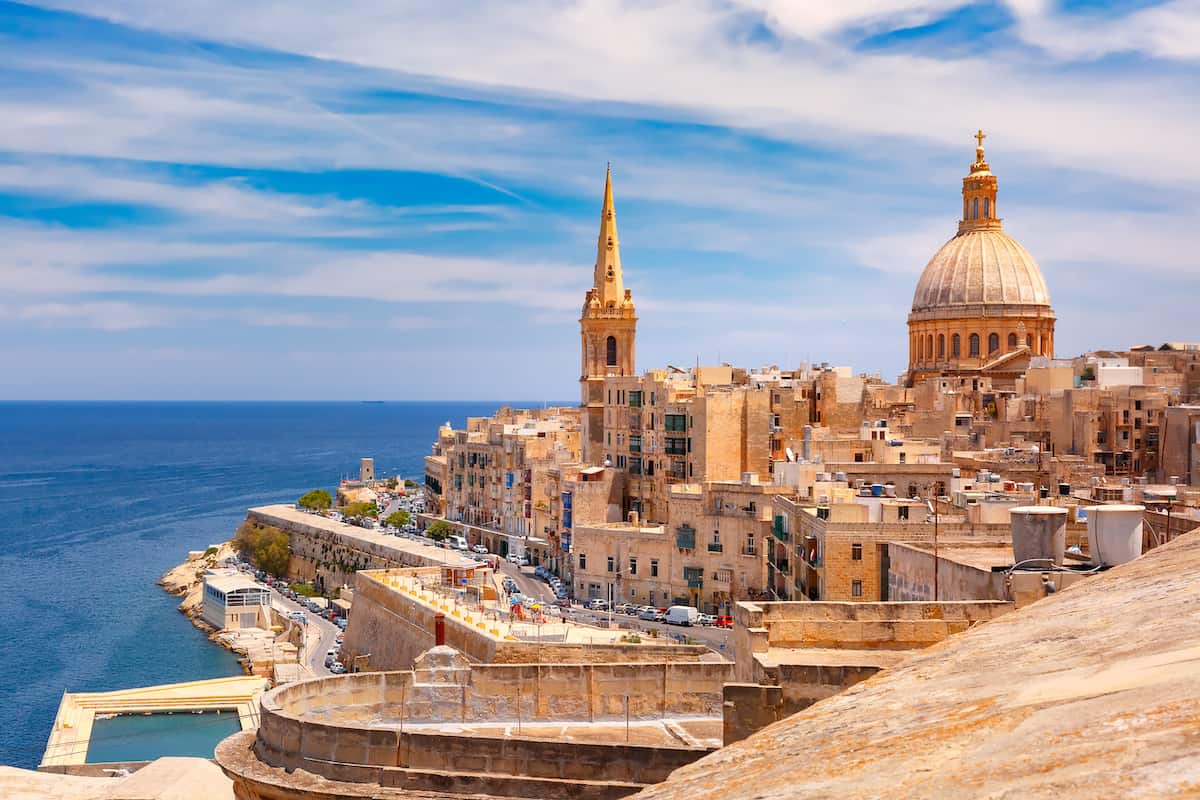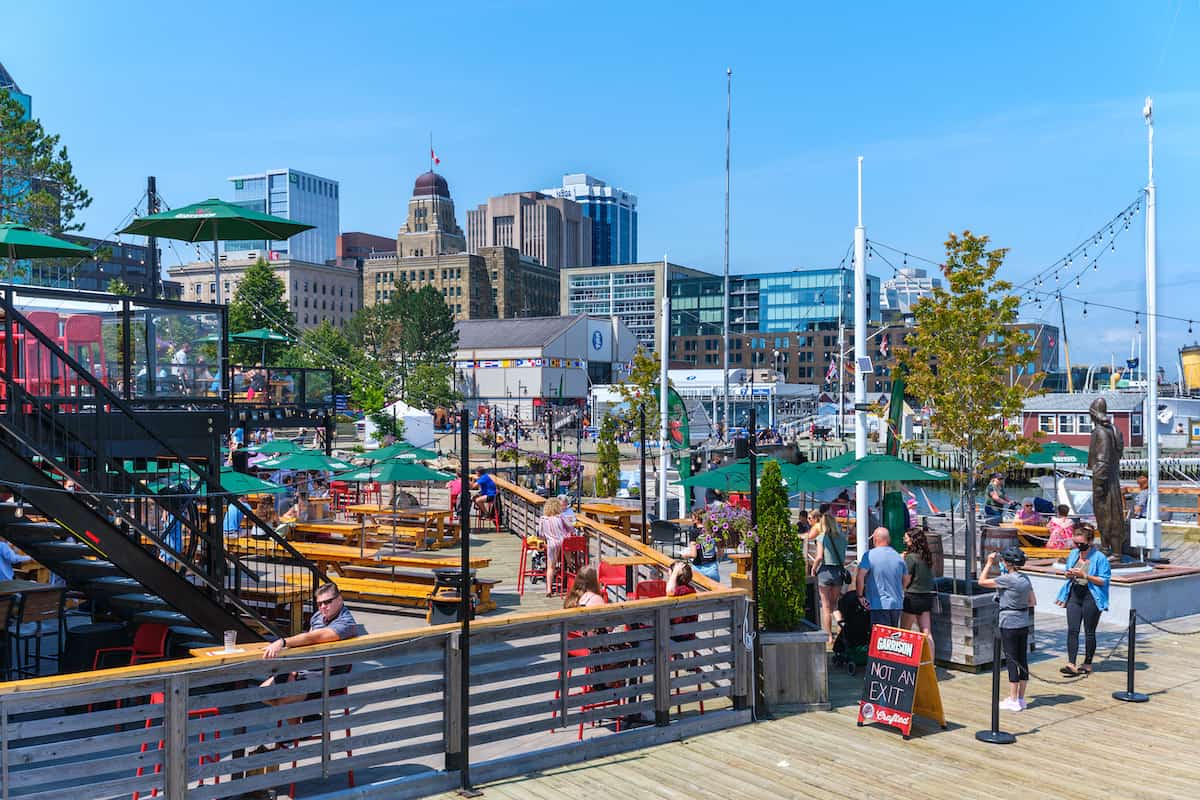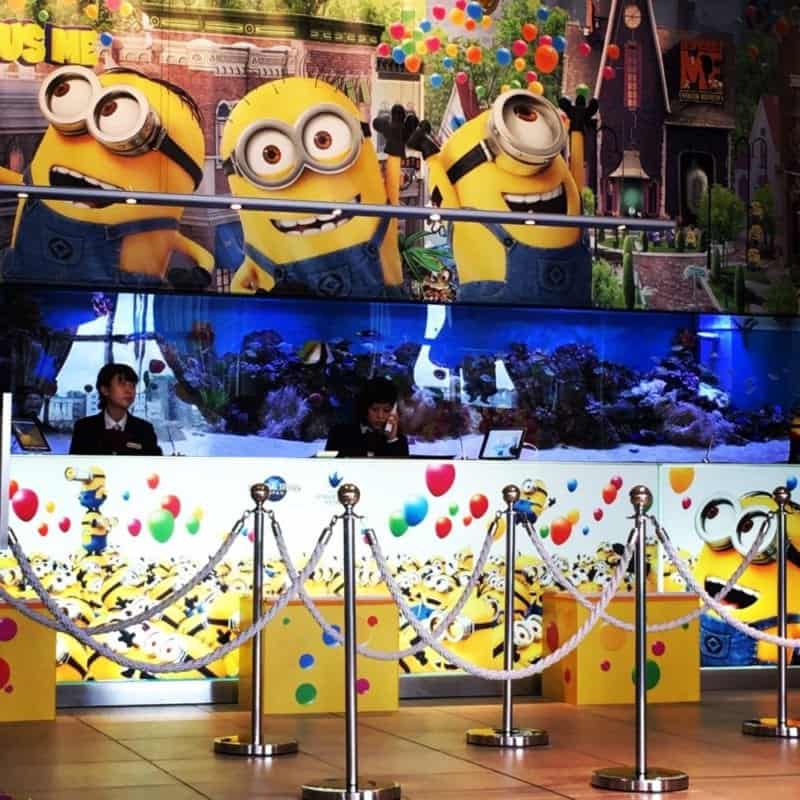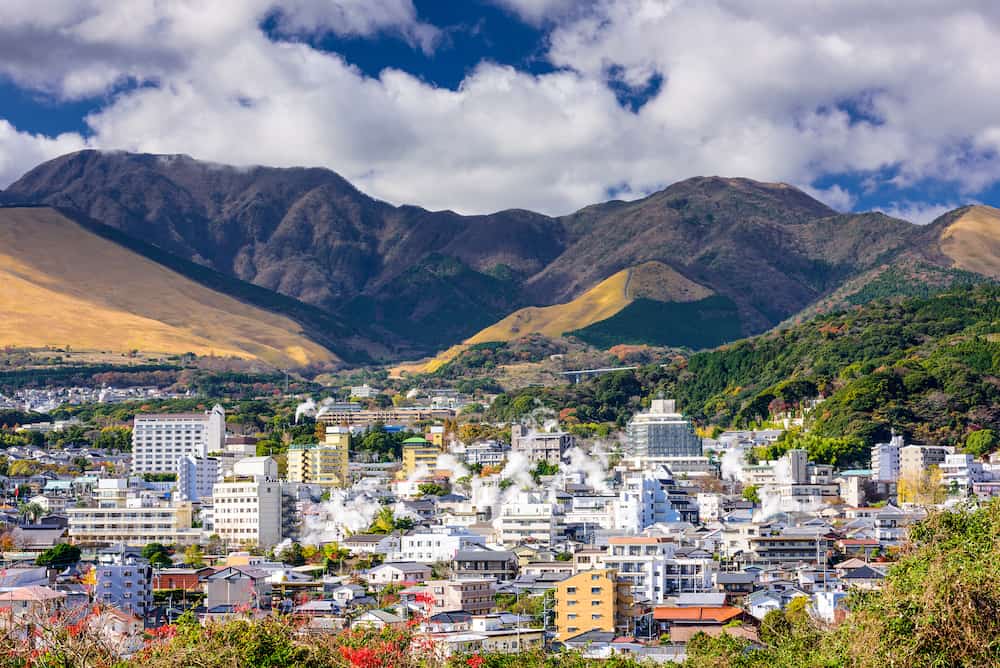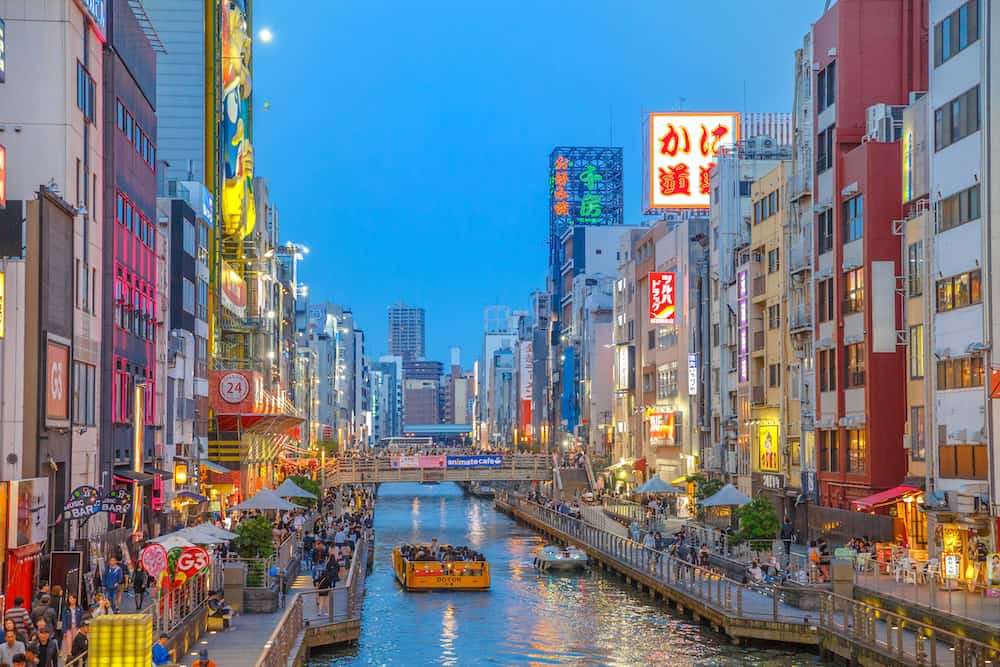3 Day Itinerary For Kyoto
I’ve travelled to Japan a few times and absolutely loved Kyoto! On each trip, I had the pleasure of spending at least three days in the city, and every time I discovered new things. So if you’re planning a 3 Day Itinerary for Kyoto, then rest assured that your stay in this amazing city will not disappoint.
Throughout my trips to Kyoto I’ve talked to lots of travellers who are not sure what to do during their stay. There’s so much to explore – from historic temples and gardens, to lively shopping arcades full of traditional Japanese souvenirs.
By taking advantage of all that this wonderful city has to offer, you’ll be able to have an unforgettable 3 day itinerary for Kyoto! Here on TravellingKing we’ve compiled some great suggestions for making the most of your stay in the former imperial capital. Read on and start planning your ultimate Kyoto experience today!
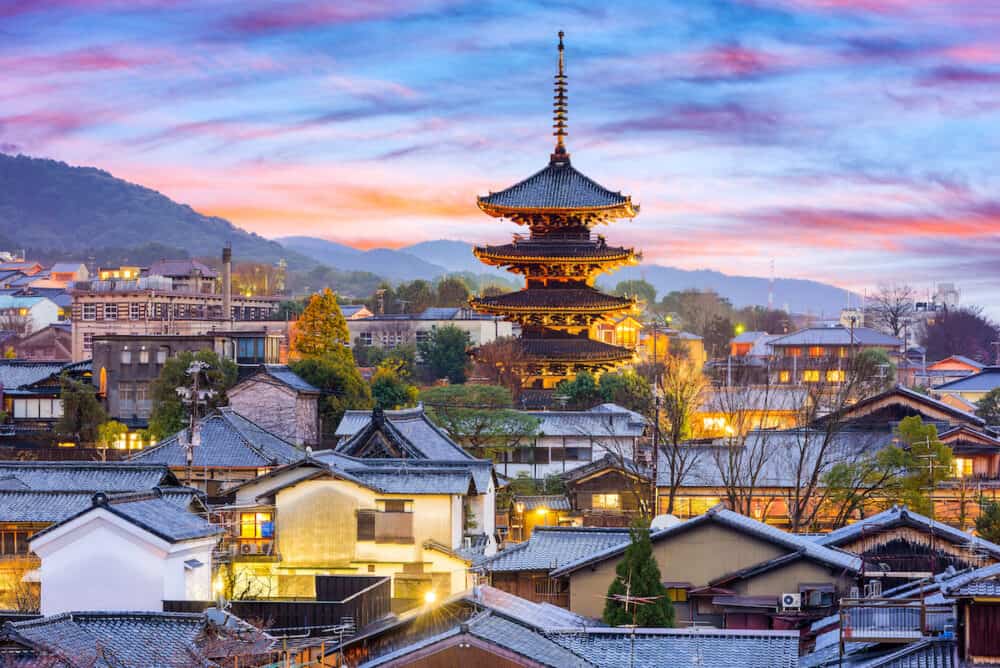
If you have little to no idea of what to do in Kyoto in 3 days, you can start by exploring the city’s remarkable history that stretches back over a millennium. Visiting the iconic Kinkaku-ji, Golden Pavilion, and the Fushimi Inari Shrine is a haven for those seeking a glimpse of Japan’s glorious past.
The central districts of Higashiyama, Central Kyoto, and downtown Kyoto offer an excellent base for the ideal place to stay in Kyoto. Higashiyama generally represents Old Kyoto, which explains why it’s brimming with historical sites and traditional wooden machiya houses.
A 3 day trip to Kyoto promises an immersive journey into Japan’s cultural tapestry. After reading this comprehensive guide, you must pack your bags, prepare for a beautiful adventure, and let Kyoto’s timeless beauty transport you to a world of serenity and wonder.
In a hurry and need help quick?
Making last-minute plans for your Kyoto itinerary. We’ve got you covered. Our recommended hotels and tours for a getaway to Kyoto are listed below.
Recommended hotels:
- Hostel Mundo (hostel)
- Guest House Sawaragi (budget hotel)
- Candeo Hotels Kyoto Karasuma Rokkaku (mid-range hotel)
- Kyoto Hana Hotel (family hotel)
- Four Seasons Hotel Kyoto(luxury hotel)
Recommended tours:
- PERFECT KYOTO 1Day Bus Tour
- Bike Tour Exploring North Kyoto plus Lunch
- Kyoto Night Foodie Tour
- 3 Hours Kyoto Insider Sake Experience
Other Helpful Links
- Cheap flights
- Savings on accommodation from hostels to luxury hotels
- Affordable car rental options
- Affordable sightseeing tours and day trips
- Travel Adapter – All in one so you don’t have to carry a bunch around
- Wise Card : hold up to 40+ currencies at once to spend in in over 150 countries
This post contains some affiliate links for your convenience. Click here to read my full disclosure policy. You can also read our content/editorial policy here.
Overview of 3 Days in Kyoto Itinerary
Without further ado, here’s a glance at what you’ll see and do during your three-day stay in Kyoto:
Day 1 in Kyoto
- Matcha for breakfast at Marukyu Koyamaen
- See the Nijo Castle
- Explore the Kyoto Imperial Palace
- Lunch at Menbaka Fire Ramen
- Visit the Ginkakuji Palace
- Walk through the Philosopher’s Path
- Walk through Torii Gates at Fushimi Inari Shrine
- Dinner at Tonkatsu Butagorira
Day 2 in Kyoto
- Try Convenience Store Food for Breakfast
- Ride the Sagano Romantic Train
- Check out the Togetsukyo Bridge
- Arashiyama Bamboo Grove
- Visit the Tenryu-ji Temple
- Late Lunch at Kurasushi
- Marvel at the famous Kinkaku-ji Temple
- Have tea at Sekkatei Teahouse
- Night Food Tour around Pontocho
Day 3 in Kyoto
- Breakfast at Nishiki Market
- Visit the Samurai and Ninja Museum
- Wander around Toei Kyoto Studio Park
- Walk through the stone path of Yasaka Pagoda
- Lunch at Sohonke Yudofu Okutan Kiyomizu
- Visit Kiyomizudera Temple
- Explore the Gion District
- Have Kobe beef for dinner at Mikaku
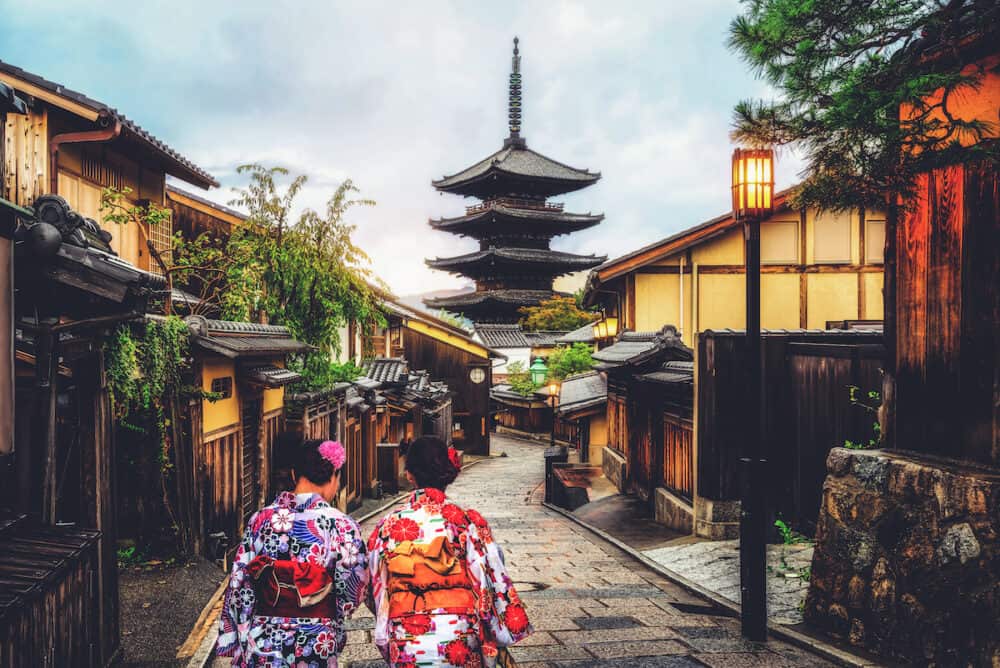
Day 1 in Kyoto
Matcha for breakfast at Marukyu Koyamaen
A day in Kyoto will only be complete with a taste of authentic Matcha, and what better time to try it than your first meal in the city?
So, for your first meal in Kyoto, enjoy a traditional Japanese breakfast experience at Marukyu Koyamaen, a renowned tea house in the city’s heart that offers a delightful assortment of matcha-infused delicacies.
Here you can enjoy some of the best freshly brewed matcha tea and pair it with exquisite wagashi (Japanese sweets), matcha pancakes, and matcha-flavoured pastries.
At the same time, the restaurant is surrounded by a serene ambience, so you can enjoy the tranquil surroundings before embarking on your Kyoto adventure.
See the Nijo Castle
The Nijo Castle, a UNESCO World Heritage Site, was once an essential residence for the Tokugawa Ieyasu in Kyoto. It was built in the 17th century and is renowned for its stunning gardens, intricate artwork, and historical significance.
After the Tokugawa Shogunate fell, it was used as an imperial palace and was donated to the government to be a historic site open to the public. So, for your first stop, visit Nijo Castle Kyoto and explore its opulent interiors adorned with lavish paintings and wood carvings while learning about history.
Since the Castle is divided into three areas – the Honmaru, the Ninomaru, and the gardens, you can wander through these expansive grounds during your visit. Also, don’t miss the “Nightingale Floors” that chirp underfoot as a security measure against intruders.
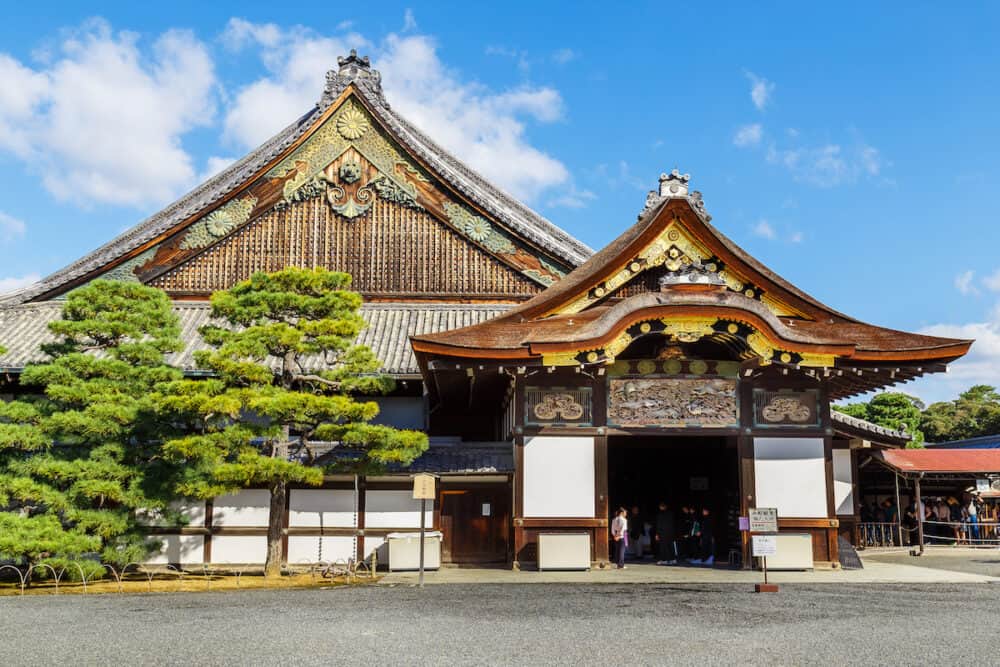
Explore the Kyoto Imperial Palace
No matter how many days in Kyoto you’ll be spending, one landmark you should take advantage of is the Kyoto Imperial Palace. This used to be the residence of Japan’s Imperial Family until the capital of Japan was moved from Kyoto to Tokyo.
When you visit the Kyoto Imperial Palace, you’ll get to experience the grandeur of Kyoto’s Imperial history. This majestic complex boasts beautiful gardens, tranquil ponds, and meticulously preserved architecture.
During the past years, the area was only accessible if you joined a guided tour since they required reservations. At present, you can already visit Kyoto Imperial Palace on your own.
On your self-guided tour, you can stroll the sprawling gardens, marvel at the traditional buildings, and gain insight into the lives of Japan’s emperors. It’s also easy to get to since it’s just a short subway ride from the Kyoto train station.
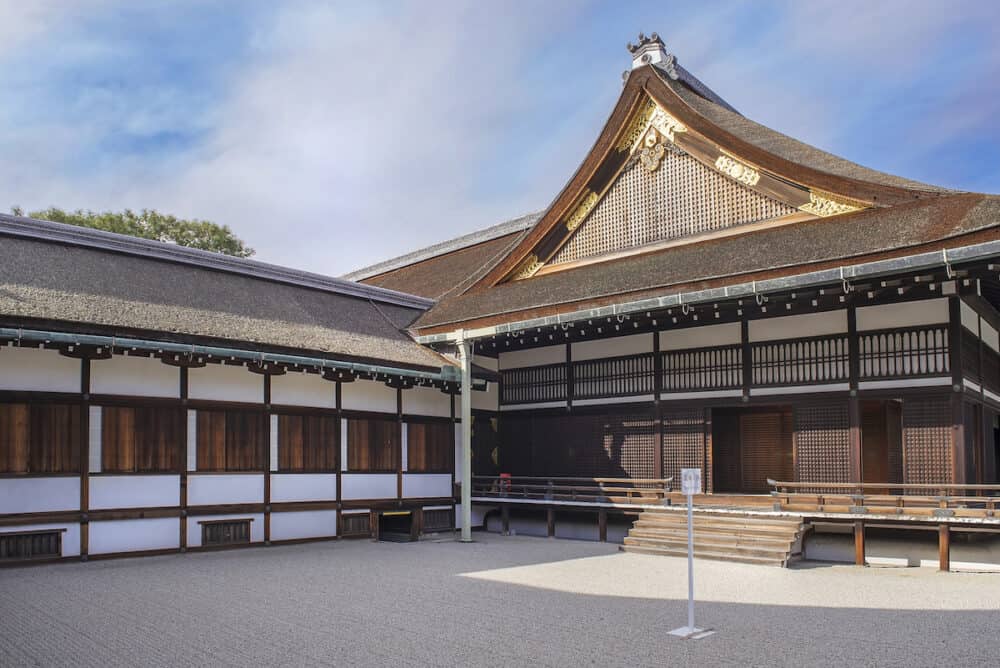
Lunch at Menbaka Fire Ramen
After strolling around a few landmarks in the city, it’s time to feast on one of Japan’s staple dishes, ramen! For a fiery and unforgettable dining experience, head to Menbaka Fire Ramen. This ramen house specialises in offering a captivating show where your ramen is set ablaze before your eyes.
As you get seated, watch the skilled chefs expertly pour hot oil over a bowl of ramen, creating a dramatic flame that engulfs the dish. Besides the visual spectacle, their ramen is known for being delicious, featuring rich broth, perfectly cooked noodles, and an array of flavorful toppings.
Situated only in a small, local, old-fashioned building, you can expect reservations to be challenging to book. This is why we suggest you plan early to be assured of a seat.
Visit the Ginkakuji Palace
Next stop – Ginkakuji Palace! Also known as the Silver Pavilion, this Zen temple is renowned for its elegant simplicity and beautiful gardens. Surrounded by lush greenery, this temple exudes tranquillity and offers breathtaking views of Kyoto’s landscape.
Ginkakuji Palace is usually marked as the brother temple of the famous Golden Pavilion in Kyoto. Although Ginkakuji has no silver exterior, it was modelled after the Kinkakuji by shogun Ashikaga Yoshimasa for his retirement villa.
Since he is said to be obsessed with arts, Ginkakuji became a centre of traditional culture in Kyoto (Higashiayama Bunka), where traditions like tea ceremonies, flower arranging, poetry, and much more took place. After his death, it was turned into a Zen temple, now open to the public.
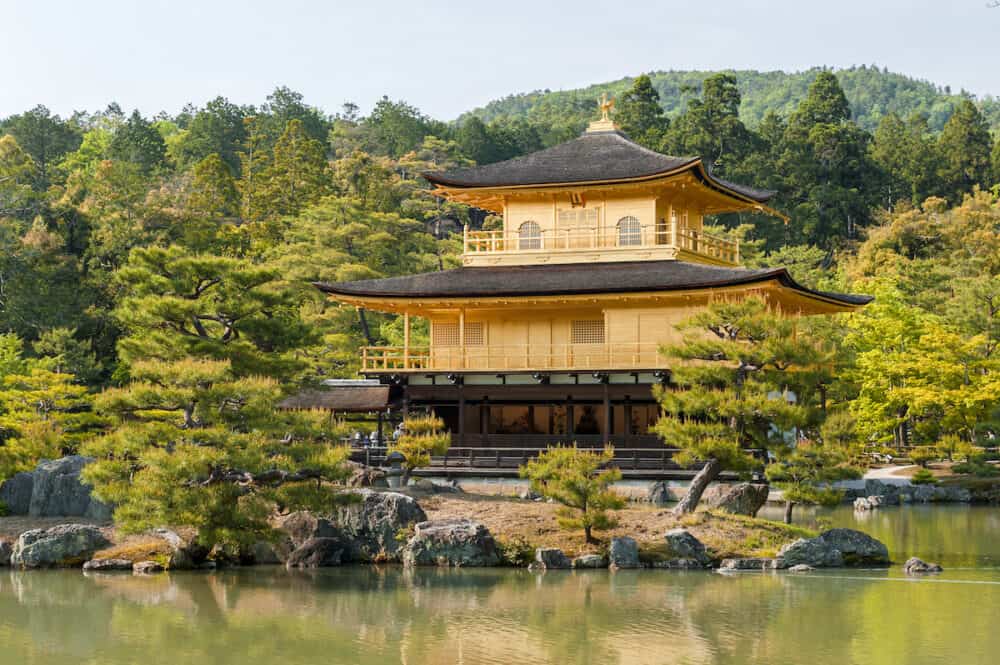
Walk through the Philosopher’s Path
To enjoy 3 perfect days in Kyoto, we highly suggest you visit the famous Philosopher’s Path, known for its cherry blossom walking trail. This path follows a canal lined by hundreds of cherry trees that go full bloom, usually in early April.
The Philosopher’s Path is approximately two kilometres long, from Ginkakuji to Nnazenji. This makes it a great path after strolling around the Silver Pavilion earlier.
Here, you get to enjoy the incredible scenery of cherry blossom trees lined up, and there are also cafes, restaurants, and boutiques you can check out along the path.
Although it is worth noting that if you want to get a great view of the Philosopher’s Path, you must plan your trip to Kyoto during the cherry blossom season.
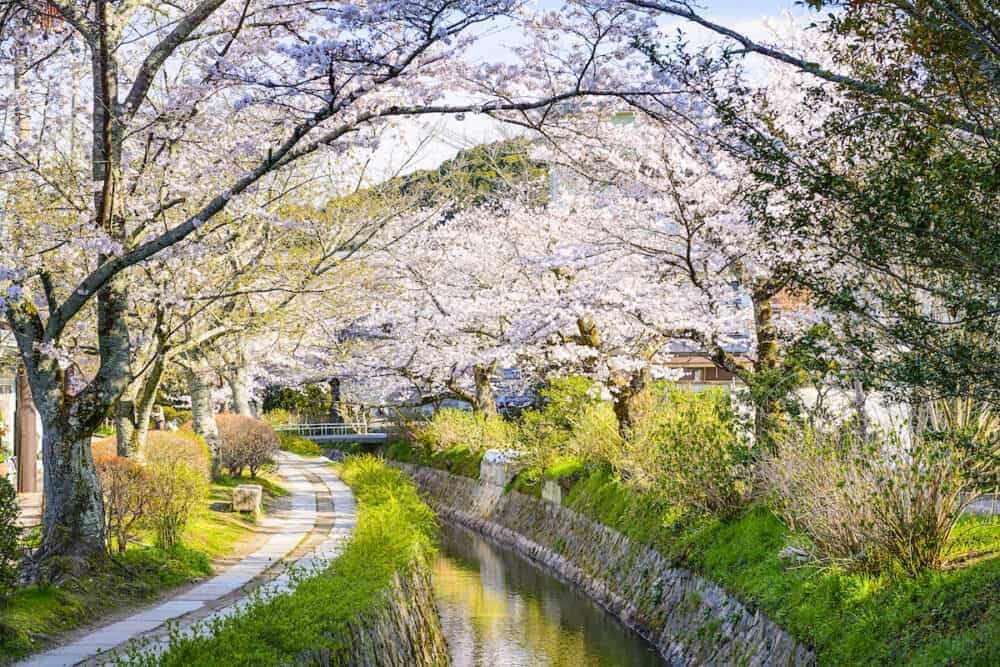
Walk through Torii Gates at Fushimi Inari Shrine
One of the most iconic landmarks not only in Kyoto, but the whole of Japan, is the Fushimi Inari Shrine. While Japan is known to have lots of torii gates, this is where you’ll get to see thousands of them straddling a network of trails.
Fushimi Inari Shrine is an important Shinto shrine dedicated to the Shinto god of rice in southern Kyoto. As you enter the shrine, you will be welcomed by several buildings, and at the back are trails where the orange torii gates are, leading you into wooded forests going to Mount Inari.
While the main reason for tourists to visit Fushimi Inari Shrine is to explore the mountain trails, they also have shrine buildings you can check out.
We also suggest you see it in the afternoon (or early morning) as this is the time the crowds die down. This way, you can enjoy a serene time at the shrine and have the place almost to yourself.
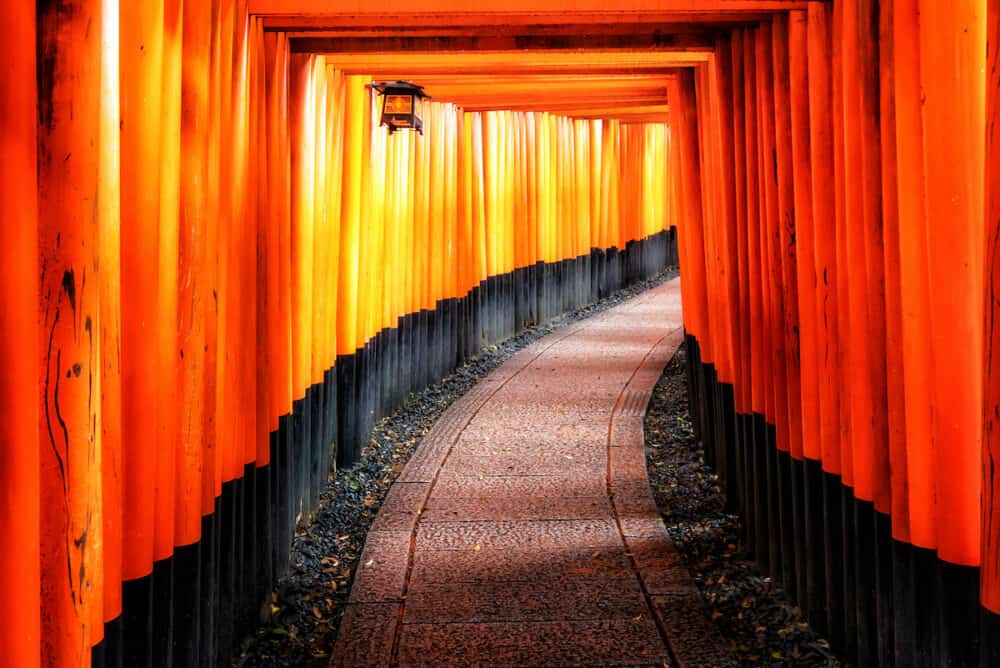
Dinner at Tonkatsu Butagorira
After your first long day in Kyoto, it’s time to wrap up with some hearty dinner at one of Kyoto’s famous restaurants, Tonkatsu Butagorira.
This restaurant specialises in tonkatsu, a favourite Japanese dish of breaded and deep-fried pork cutlets. Indulge in perfectly crispy and tender tonkatsu, served with various sauces, rice, miso soup, and a selection of side dishes.
When in Japan, tonkatsu is a must-try, and this place serves one of the best! With its cosy atmosphere and friendly service, Tonkatsu Butagorira makes an ideal spot to unwind after a day of exploration in Kyoto.
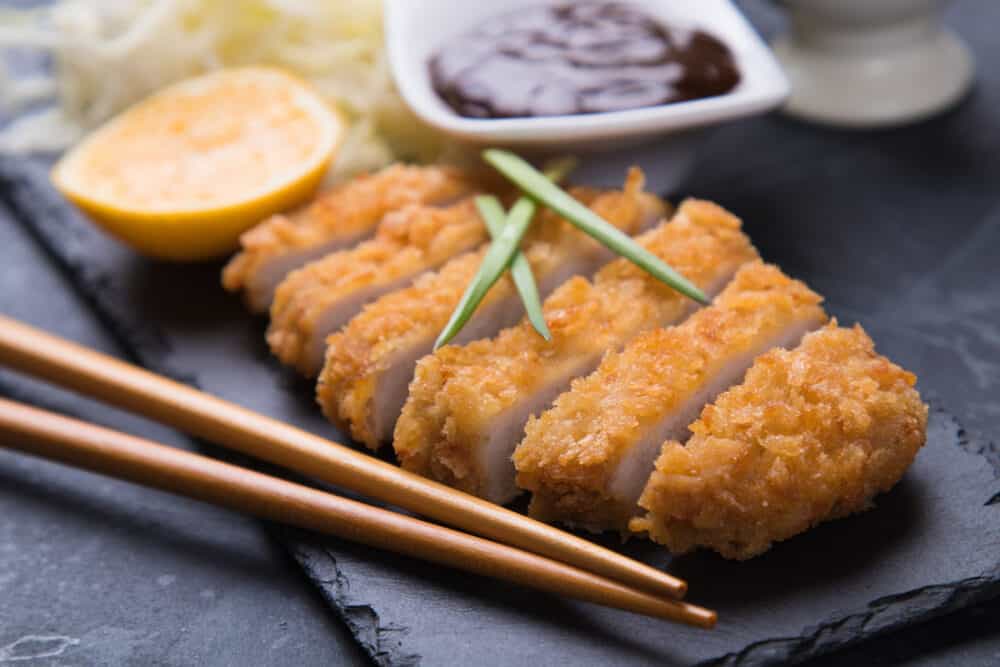
Day 2 in Kyoto
Try Convenience Store Food for Breakfast
Japan is known to have one of the best convenience store food choices, which you should take advantage of! For your second-day breakfast, we recommend heading to the nearest convenience store and trying exclusive Japanese treats and meals.
Convenience stores like 7-Eleven and Lawson offer a wide variety of freshly made and packaged breakfast options, including onigiri (rice balls), sandwiches, salads, and bento boxes.
You can delight in the convenience and quality of these quick bites, which provide a delicious and budget-friendly start to your day. Since you’ll need to start your day early, trying convenience store food for breakfast in Kyoto will be handy.
Ride the Sagano Romantic Train
See Kyoto differently as you take the Sagano Romantic Train along the Hozugawa River between Arashiyama and Kameoka. These charming and old-fashioned trains slowly make their way through the mountains, allowing you to enjoy a scenic ride to Arashiyama.
During the 25-minute ride on a 7-kilometre railway, you’ll enjoy stunning views of lush forests, vibrant foliage, and serene landscapes.
The Sagano Romantic Train ride is incredibly captivating during autumn or spring, when nature paints the surroundings vividly, allowing you to enjoy cherry blossom viewing or the autumn foliage.
You can easily book a ticket for a ride at the Sagano Romantic Train through JR ticket offices in the Kansai Region or buy ahead of time online. For this 3 days itinerary in Kyoto, we suggest you buy tickets ahead of time to ensure good seats, especially during peak season.
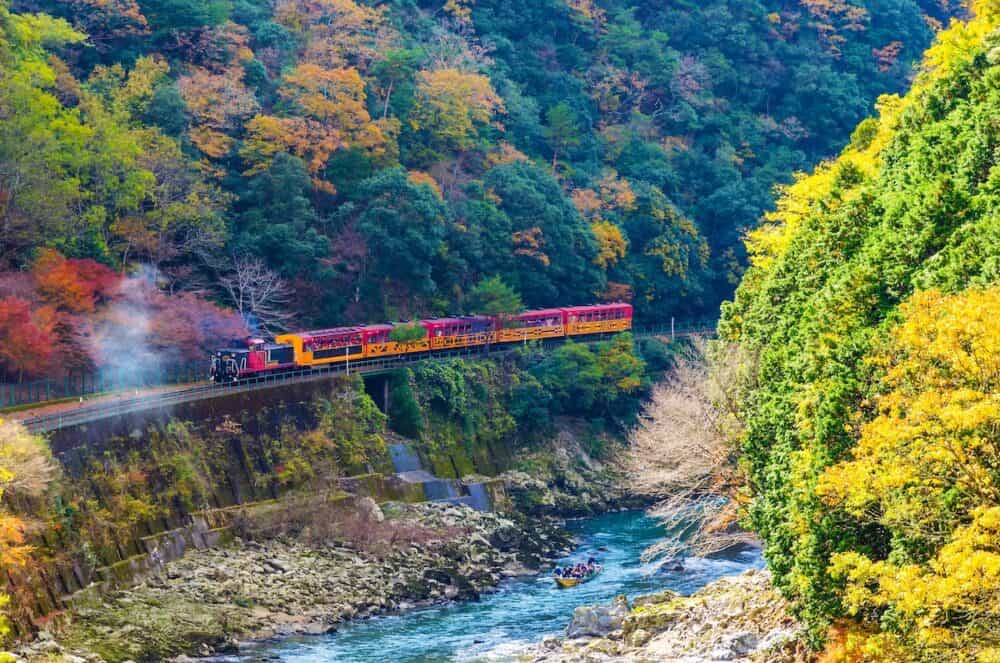
Check out the Togetsukyo Bridge
Located in the Arashiyama district, the Togetsukyo Bridge is a symbolic landmark of Kyoto. Spanning the Katsura River, this iconic wooden bridge offers panoramic views of the surrounding mountains and the scenic Arashiyama area.
Before reaching the highlight of Arashiyama, you can check out the bridge and take a leisurely walk across it to marvel at its natural beauty. If you enjoy watching historical films, you’ve probably come across this site once already, as it is often used as a film set.
The bridge is particularly captivating during cherry blossom and autumn when the foliage creates a breathtaking backdrop, so make sure to plan.
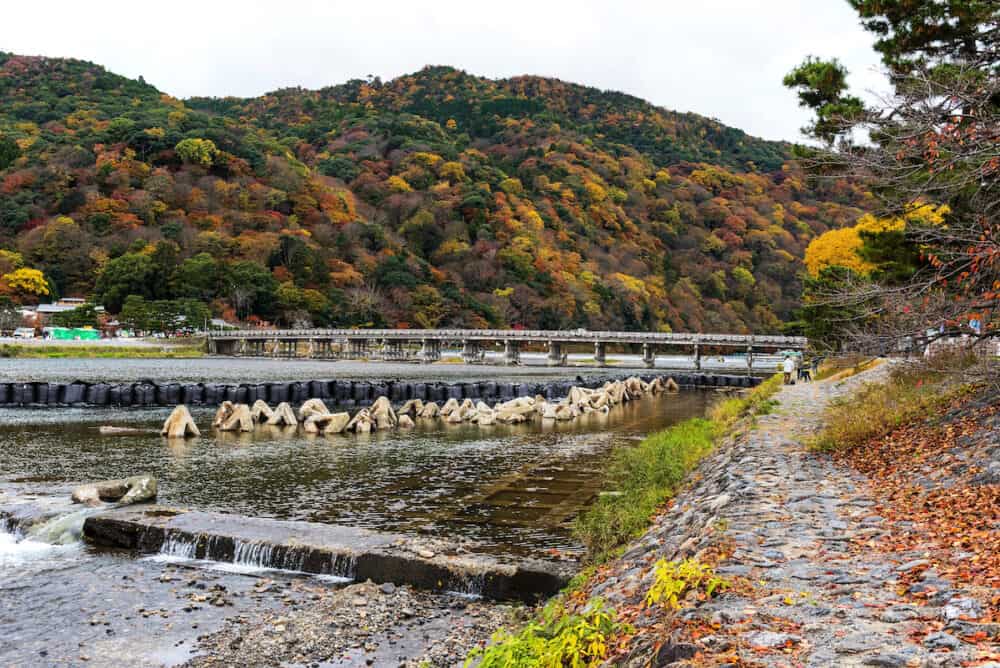
Arashiyama Bamboo Grove
Arashiyama Bamboo Grove is one of Kyoto’s top sights, and it’s not surprising at all. With the tranquillity and harmonious environment at Arashiyama, anyone who visits the famous bamboo forest gets to step into a different world.
Located at the foot of the Storm Mountains, Arashiyama is famous for its seemingly endless forest of swaying bamboo bouts, creating a relaxing path for visitors. As yous troll through the bamboo path, get to bask in the serenity of this natural wonder and listen to the soothing rustle of the bamboo leaves.
We included the Arashiyama Bamboo Grove visit in your morning itinerary since this is when the sunlight filters through the dense foliage, creating an ethereal ambience.
During this time, take advantage of the opportunity to take stunning photographs and experience the peacefulness of this unique attraction.
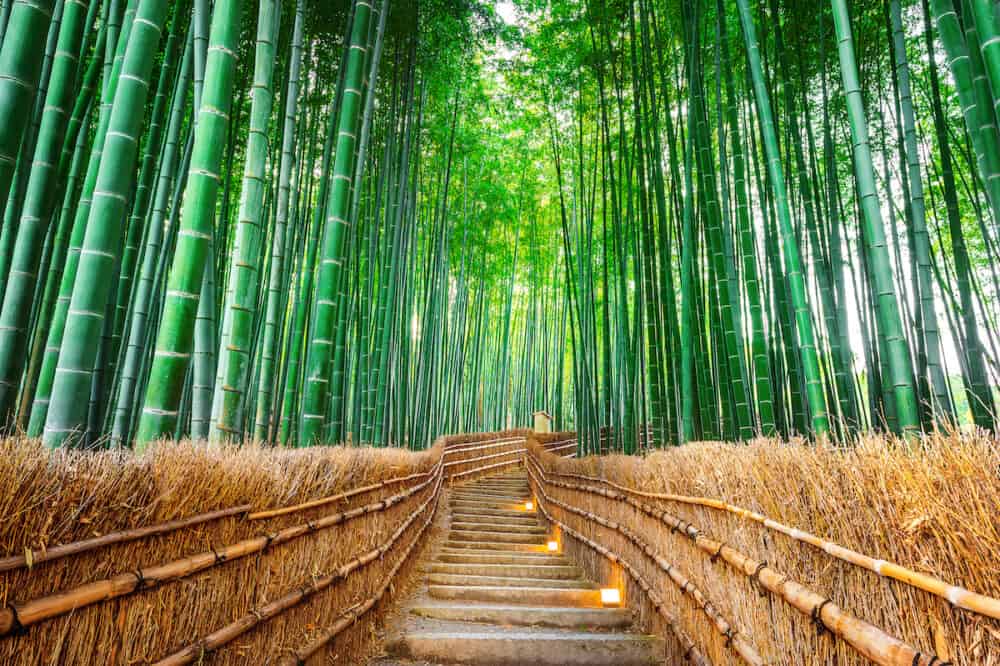
Visit the Tenryu-ji Temple
Tenryu-ji Temple is another UNESCO World Heritage Site in Kyoto renowned for its beautiful gardens, serene Zen atmosphere, and historical significance.
Located just a few minutes from the Arashiyama Bamboo Groove, this temple was built in 1339 by the ruling shogun, Ashikaga Takauji. At present, it is ranked as the first among the city’s five great Zen temples.
The temple’s main hall features traditional architecture and stunning artwork, providing an immersive experience of Japanese Buddhism and the beauty of Zen aesthetics. Enjoy the tranquil ambience and gain insight into Kyoto’s cultural heritage.
Tenryu-ji also boasts of its garden, which has stayed the same since it was built. It was designed by the famous gardener Muso Soseki, using traditional Japanese landscape techniques, featuring a pond surrounded by rocks, pine trees, and other lush greens.
After strolling around, you can pass by the little shops outside the temple to grab some quick treats like matcha ice cream or red bean buns before you head out to your lunch place.
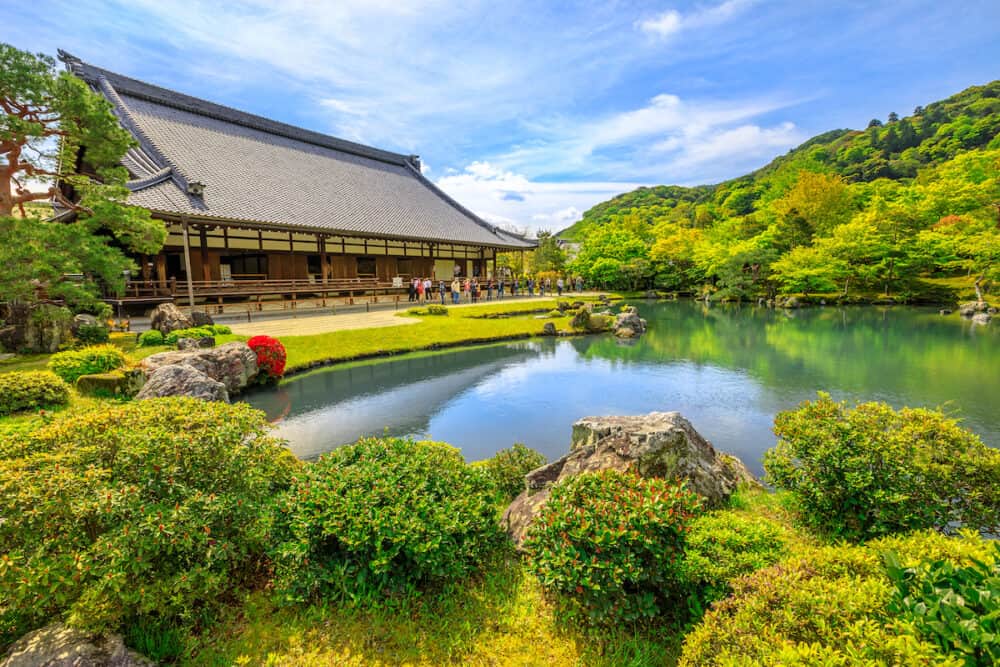
Late Lunch at Kurasushi
You’ve visited the significant landmarks in the Arashiyama district during your morning itinerary. If you left early to catch the Sagano Romantic Train, you’re probably done by 1:00 PM, just in time for your lunch meal.
Now that you’ve tried some tonkatsu and ramen already, this time, we highly suggest you head to Kurasushi to indulge in a delightful and interactive dining experience. Kurasushi is a famous conveyor belt sushi restaurant in Kyoto where you can choose from a wide selection of freshly prepared sushi plates.
While you savour the flavours of classic nigiri, creative rolls, and various seafood dishes, you can also enjoy their interactive ordering system that allows you to request specific items directly from the chefs. This is the perfect sushi restaurant for those who have preferences when it comes to their food.
Marvel at the famous Kinkaku-ji Temple
After lunch, head to the famous Kinkaku-ji Temple, the Golden Pavilion. This breathtaking temple is covered in gold leaf, reflecting its radiant beauty in the surrounding Kyoko-chi Pon, and it’s a must to see when in Kyoto.
Kinkaku0ji Temple is a Zen temple in Kyoto; whole top two floors are entirely covered in gold leaf. It was built as a retirement villa for shogun Ashikaga Yoshimitsu but later opened to the public as a Zen temple.
Upon entering the grounds of Kinkaku-ji, you will be walking through a zen garden path leading you toward the Golden Pavillion. During the peak and shoulder season, long lines will surround the pond and pavilion – this is where you can take photos of the temple.
After a good look at the Kinkaku-ji’s architecture, you can also explore the meticulously manicured gardens and cross picturesque bridges.
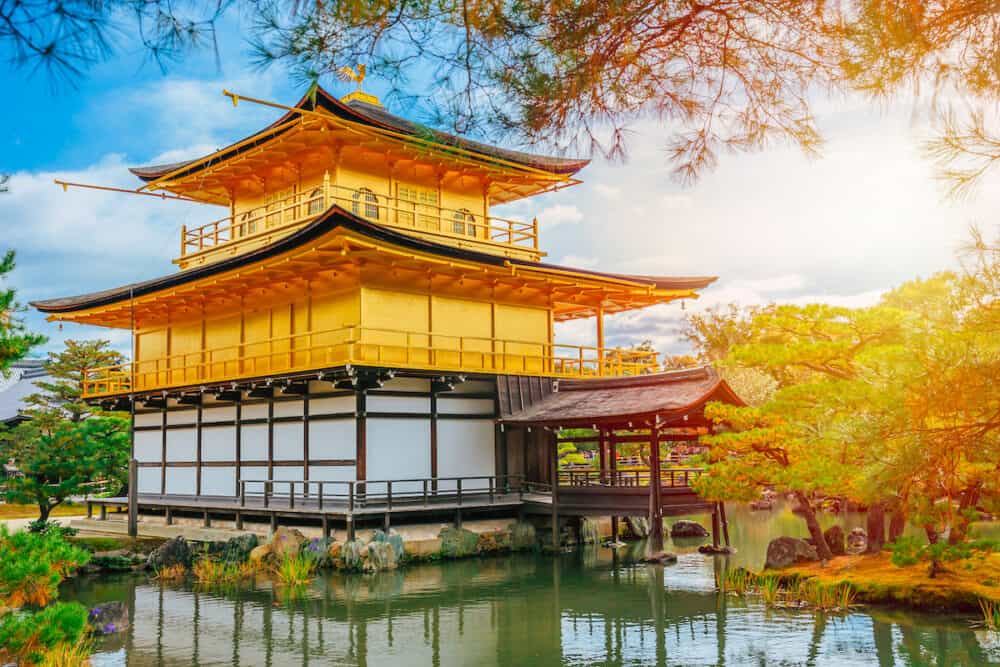
Have tea at Sekkatei Teahouse
As you continue through the Golden Pavillion’s garden, you’ll find yourself at the Sekkatei teahouse before exiting the temple area. Here you can sit down and experience the art of the tea ceremony in a serene and traditional setting.
This teahouse offers authentic tea where you can savour matcha tea and traditional Japanese sweets. If you feel like having more treats, as you exit, you will also find several souvenir shops and a tea garden where you can have more sweets.
Night Food Tour around Pontocho
To cap off your second day in Kyoto, head to the Pontocho area, where you can enjoy your dinner and the night scene of Kyoto. Pontocho is known to be Kyoto’s best area to experience a vibrant food scene.
This narrow alley has many cosy restaurants, bars, and izakayas, offering a wide range of local delicacies. Here you can sample delicious dishes such as yakitori (grilled skewers), sushi, tempura, and traditional Kyoto-style kaiseki cuisine.
Aside from great food, you can immerse yourself in the lively atmosphere as you stroll through the bustling alleyways and let your taste buds guide you from one culinary delight to another.
You can either have one full meal at one of Pontocho’s restaurants. Still, a night food tour around Pontocho provides a more memorable and flavorful experience.
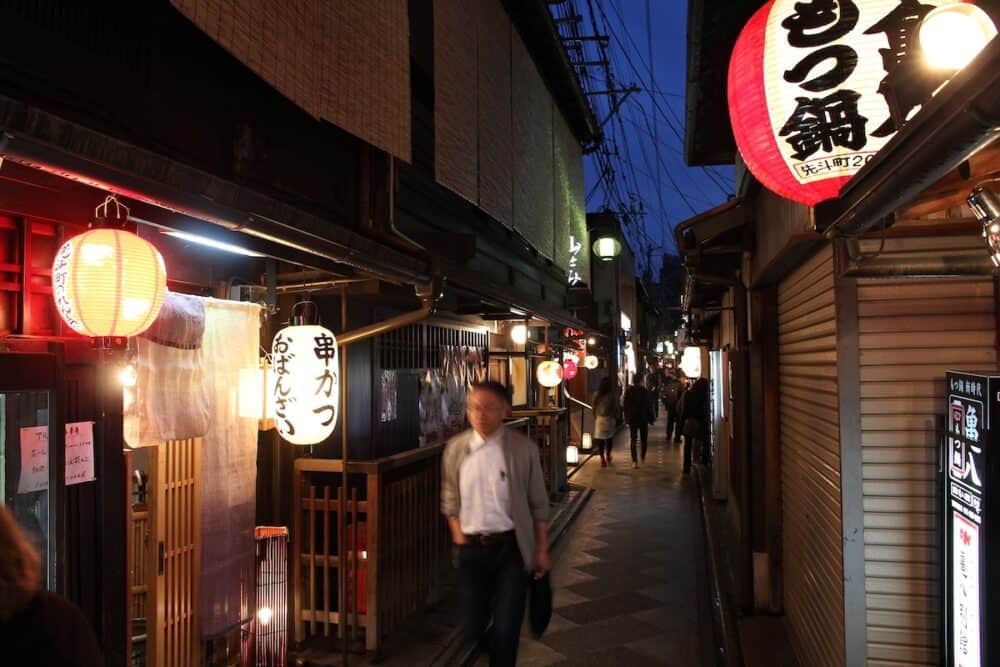
Day 3 in Kyoto
Breakfast at Nishiki Market
In this itinerary for Kyoto, we’ve made sure to include a visit to the famous Nishiki Market. The best time to visit the market is early morning or late afternoon.
For your third day, we recommend you start your day in Kyoto here. Nishiki Market, also known as “Kyoto’s Kitchen,” is a bustling marketplace that offers a wide array of fresh produce, local specialities, and traditional snacks.
You can explore various fo vibrant stalls and sample a variety of street food such as takoyaki (octopus balls), fresh seafood, skewered grilled meats, and matcha-flavoured treats.
All these you can have for your breakfast, so make sure you can indulge in a hearty meal before continuing your third-day tour in Kyoto.
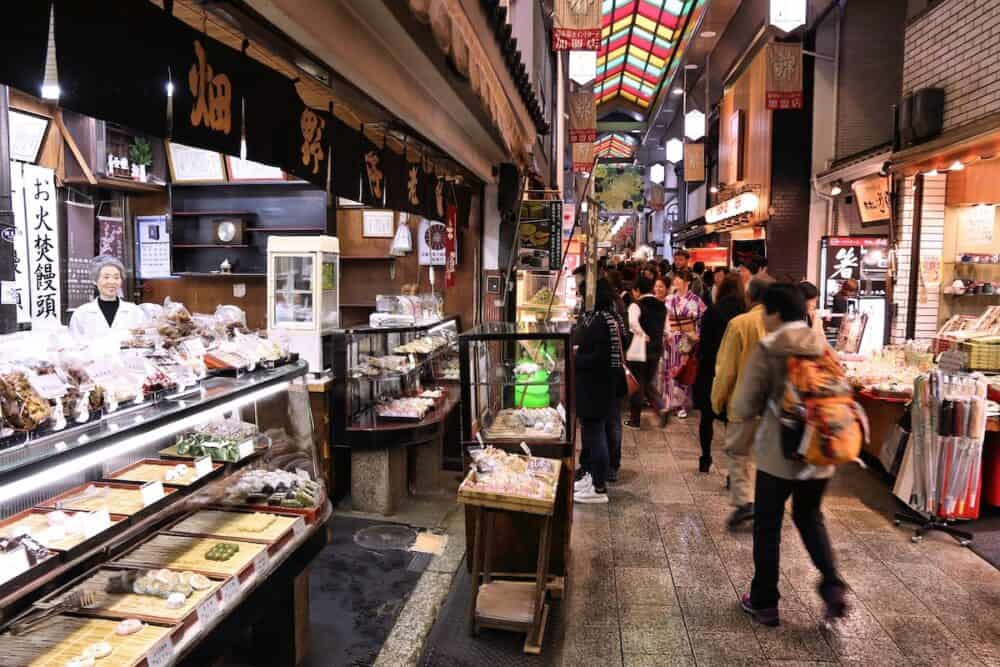
Visit the Samurai and Ninja Museum
Now that you’ve already been to almost all the historical sites and temples, head to the Samurai and Ninja Museum, where you’ll step into the world of ancient warriors.
Just a few minutes walk from the Nishiki Market; you can already experience and learn more about these Samurai and Ninjas.
Kyoto’s Samurai and Ninja Museum is Japan’s largest experimental museum, where the history and traditions of samurai and ninjas are shown through interactive exhibits, live demonstrations, and immersive experiences.
You can also opt to dress up in traditional samurai or ninja attire, wield a katana sword, and practice ninja techniques under the guidance of knowledgeable instructors if you book ahead of time.
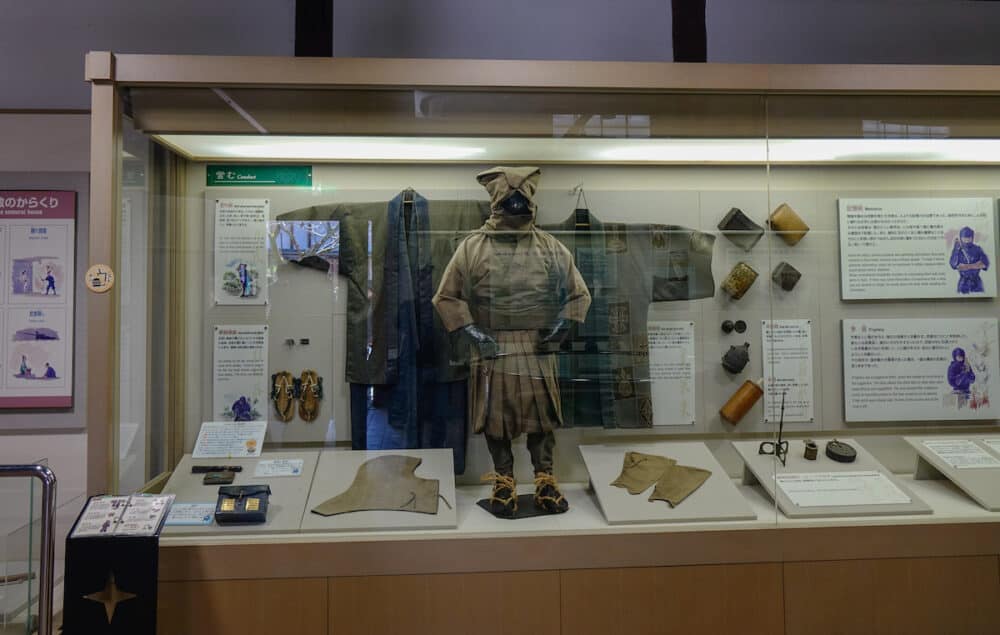
Wander around Toei Kyoto Studio Park
Toei Kyoto Studio Park is an amusement park featuring film sets, ride attractions, and traditional Japanese live shows. This sprawling theme park shows you what it was like during the Edo period.
As you stroll through the studio park, you can check out reconstructed streets and buildings as the backdrop for countless period dramas.
There are also several live performances of samurai sword fights, ninja acrobatics, and traditional theatre that you can watch out for.
For a more immersive experience, you can dress up in period costumes, participate in interactive experiences, and even try to be an actor in a mock film shoot.
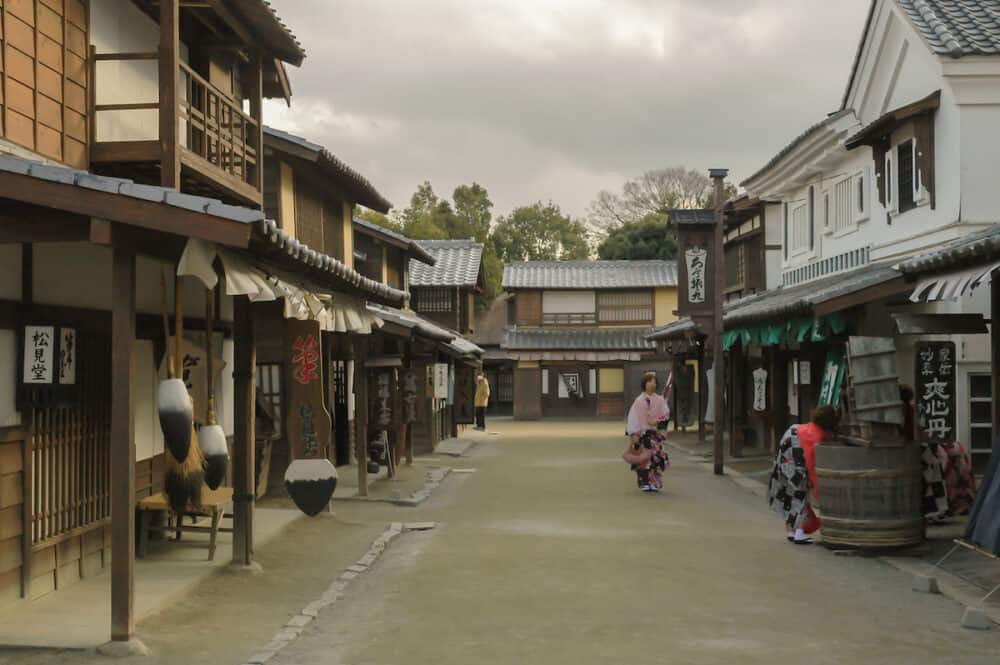
Walk through the stone path of Yasaka Pagoda
After enjoying two of Kyoto’s most famous entertainment sites, head to the iconic stone path to the Yasaka Pagoda.
This picturesque pathway, Ninenzaka, and Sannenzaka, is lined with traditional wooden machiya houses, quaint shops, and charming cafes.
Enjoy the historic ambience as you wander through the preserved streets, admiring the traditional architecture and beautifully maintained gardens.
Capture stunning photos of the pagoda against the backdrop of Kyoto’s traditional townscape, and use it as a beautiful reminder of Kyoto.
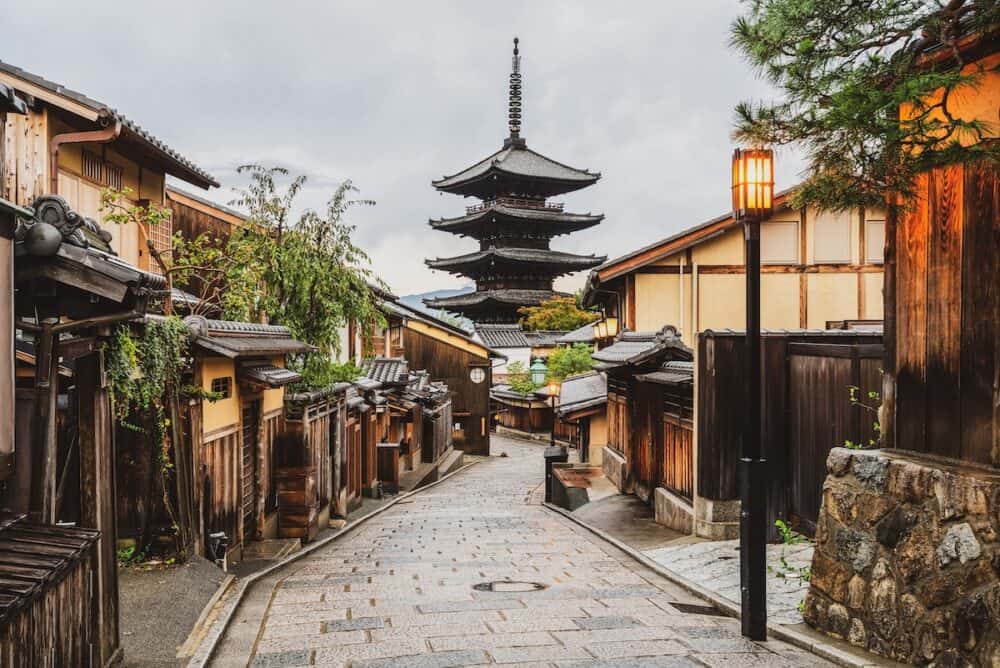
Lunch at Sohonke Yudofu Okutan Kiyomizu
Now that you’re on your third day, head to one of Kyoto’s famous restaurants – Sohonke Yudofu Okutan Kiyomizu. Here you can enjoy the authentic flavours of Kyoto, particularly yudofu (tofu hot pot).
Located near the famous Kiyomizudera Temple (which will be your next stop) is this traditional restaurant that offers excellent authentic food and a serene dining experience where you can enjoy a variety of tofu dishes prepared with utmost care and expertise.
Enjoy the delicate flavours and textures of soft, creamy tofu simmered in a flavorful broth alongside an assortment of seasonal vegetables and condiments.
With the restaurant’s peaceful atmosphere and traditional setup, Souhonke Yudofu Okutan Kiyomizu makes a perfect lunch spot to indulge in Kyoto’s renowned Yudofu.
Visit Kiyomizudera Temple
Before ending your trip to Kyoto, you should also visit the famous Kiyomizudera Temple. Perched on the hills overlooking the city, this UNESCO World Heritage Site offers breathtaking views of Kyoto and its surrounding nature.
As you hike up the temple, marvel at the impressive view from above and the temple’s impressive wooden architecture, visit the serene temple grounds, and check out the Otawa Waterfall.
The Otawa Waterfall, in particular, is the highlight of Kuyomizudera Temple, where visitors drink from three streams said to grant health, longevity, and success in studies.
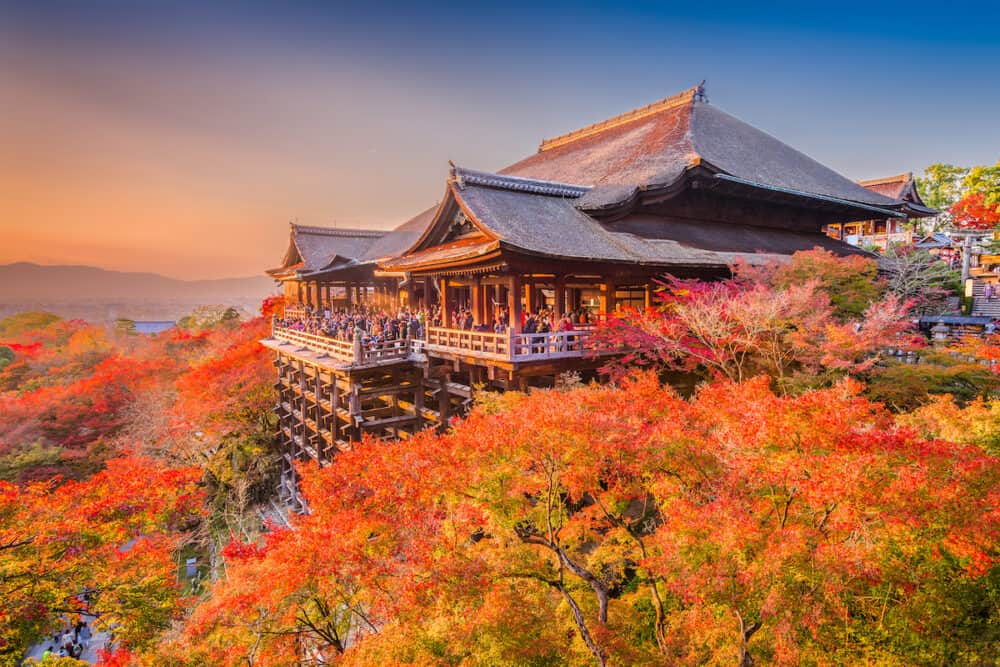
Explore the Gion District
The Gion District is one of Kyoto’s most famous neighbourhoods, and it’s a must to include on your itinerary for Kyoto. Also known as Kyoto’s historic geisha quarter, one of the best things to do here is to enjoy a geisha experience.
During the geisha experience, you can dress in a beautiful kimono, complete with intricate hairstyles and accessories, and learn about the art of being a geisha.
You’ll also have the chance to enjoy a tea ceremony, participate in traditional games, and even watch a geisha or maiko (apprentice geisha) performance. This immersive experience is easily bookable through online platforms.
Other things to enjoy in Gion District are admiring the well-preserved Machiya townhouses, lantern-lit alleys, and traditional teahouses. You can evens spot real-life geishas and maiko as you explore the quaint shops in this atmospheric neighbourhood.
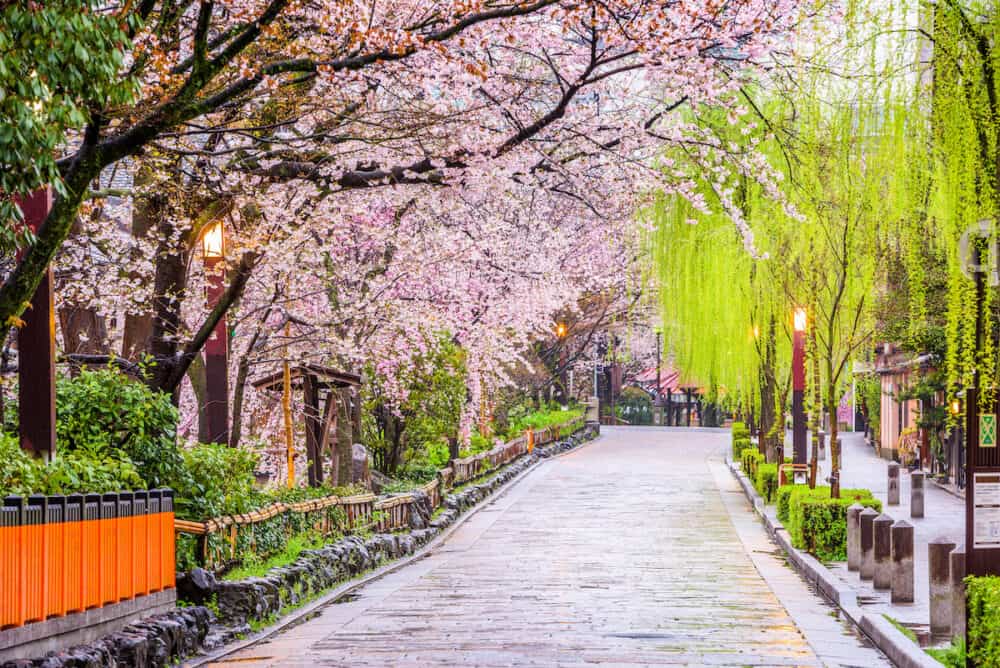
Have Kobe beef for dinner at Mikaku
The best way to cap off your Kyoto trip is to indulge in a world-renowned Kobe beef meal at Mikaku.
This upscale restaurant specialises in premium Japanese beef, known for its exceptional marbling, tenderness, and rich flavour. Here you can relish a melt-in-your-mouth texture of the perfectly grilled Kobe beef paired with a selection of seasonings and side dishes.
The elegant atmosphere and attentive service Mikaku offers make it an ideal choice for a memorable dinner in Kyoto.
Tours in Kyoto
Walking Tour
If you want to cover most of Kyoto’s major landmarks in half a day, this very affordable private walking tour lets you explore five venues in the city.
You will visit Kiyomizu Temple, Ninenzaka Sannenzaka, Yasaka Shrine, Gion District, and Nishiki Market alongside a professional guide.
Along the way, you’ll also stop by cafes and visit quaint local shops. Since this tour will be private, you’ll have the chance to converse with your guide as much as possible to learn exciting stories about Kyoto.
Night Food Tour
Are you a foodie visiting Kyoto? Well, you should book a night food tour! While you can enjoy a self-guided food tour around the city, this tour allows you to immerse and delve deeper into Kyoto’s culinary scene.
You will be strolling through different districts (Gion and Pontocho), stopping by bars, izakayas, and restaurants. You’ll be sampling traditional food and drinks while learning about them from your local guide.
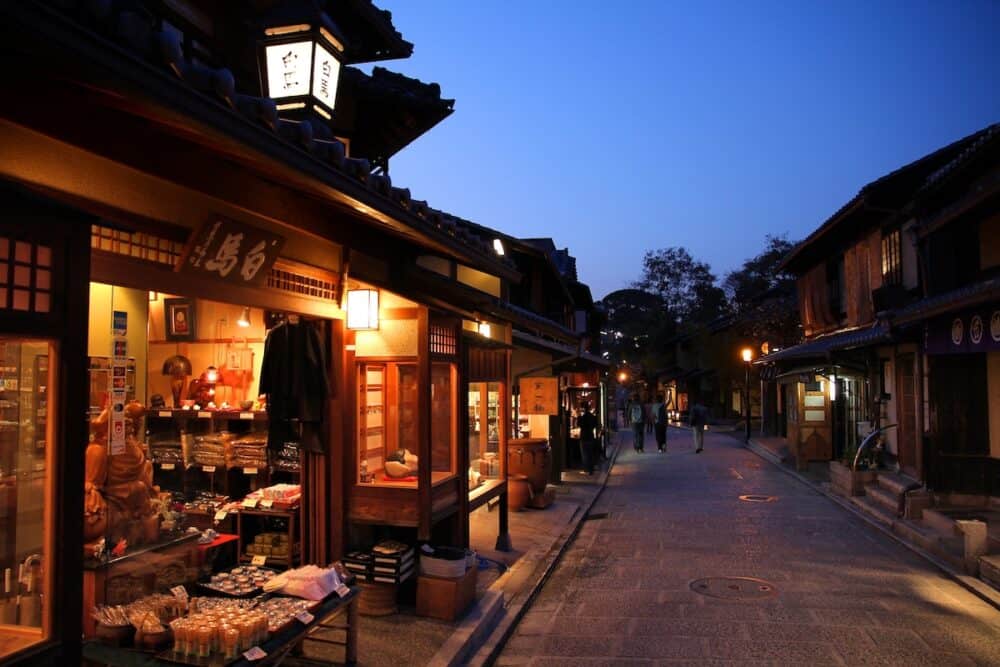
FAQs About kyoto 3 day itinerary
What is the best way to get around Kyoto?
There are three main ways to get around Kyoto: public transportation, taxis, and rental cars. Public transportation in Kyoto includes the JR Rail Line, buses, and subways which offer an efficient transit network across the city.
Taxis are plentiful and can be hailed from street corners or ordered by phone. Rental cars are available at airports and downtown locations; however, keep in mind that there is limited parking available within the city.
What attractions should I visit on a 3 day itinerary?
On a 3 day itinerary to Kyoto, we recommend visiting some of its most popular attractions such as Fushimi Inari Shrine, Kiyomizu-dera Temple, Gion district, Kinkaku-ji Temple (Golden Pavilion), Nijō Castle and Arashiyama Bamboo Forest.
Additionally, you could also explore some of the lesser known gems such as Philosopher’s Pathway and Kurama Onsen.
is 3 days in kyoto enough?
Visiting Kyoto for three days is definitely enough to get a feel of what the city has to offer. You can cover the major temples and shrines, explore the dining scene, visit some of the shopping districts, and take in some of the stunning nature that surrounds Kyoto.
While there’s plenty to do during your 3-day stay, you may want to consider extending your trip if you’re looking to explore more of the countryside or nearby cities. With a little extra time in Japan, you’ll be able to go deeper into Kyoto’s culture and history as well as experience unique Japanese customs.
Final Thoughts: kyoto 3 days itinerary
Kyoto is an amazing city to explore, with so much to see and do in three days. With this three-day itinerary, you can experience the most iconic sights and attractions this city has to offer.
Not only that, but you can also mix and match the elements of this itinerary to customize your own Kyoto adventure. Whether you’re a traveler looking for an exciting escape or an experienced adventurer, Kyoto is bound to fulfill all of your needs.
So what are you waiting for? Start planning your unique 3 day Kyoto trip today! Mix and match all the different places and activities in this itinerary to create your perfect vacation – there’s something here that will suit every kind of traveller!
Recommended tours in Kyoto
- Bike Tour Exploring North Kyoto plus Lunch
- Kyoto Samurai Experience
- Fushimi Inari Hidden Hiking Tour
- 3 Hours Kyoto Insider Sake Experience
- Private Kyoto Tour with a Local, Highlights & Hidden Gems, Personalised
- Traditional Tea Ceremony wearing a Kimono in Kyoto MAIKOYA
- Ramen Cooking Class at Ramen Factory in Kyoto
- Kyoto Bar Hopping Night Tour
- Ninja hands-on 1-hour Lesson in English at Kyoto – Entry level
- 10 Must-see Spots in Kyoto One Day Private Tour (up to 7 people)
Read more on Japan:
- Areas to stay in Kyoto
- 16 Exciting Things to do in Kyoto
- 48 Hours in Kyoto – 2 Day Itinerary
- Best Day Trips from Kyoto – Japan
- Where to stay in Osaka Japan
- A Day at Universal Studio Japan – Photo Blog!
- Ultimate Guide to Minions, Harry Potter and Halloween at Universal Studios Japan in Osaka
- Universal Port Hotel – The Best Hotel When Visiting Universal Studios Japan!
- 5 day Itinerary for Japan
- Budget Travel Guide for Japan
- 10 Dishes you Must Try in Japan
If you’d like to save it for later, please save it to Pinterest.
